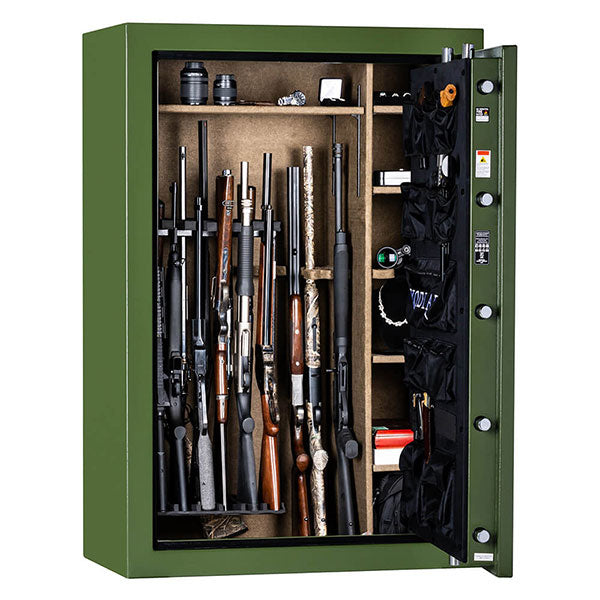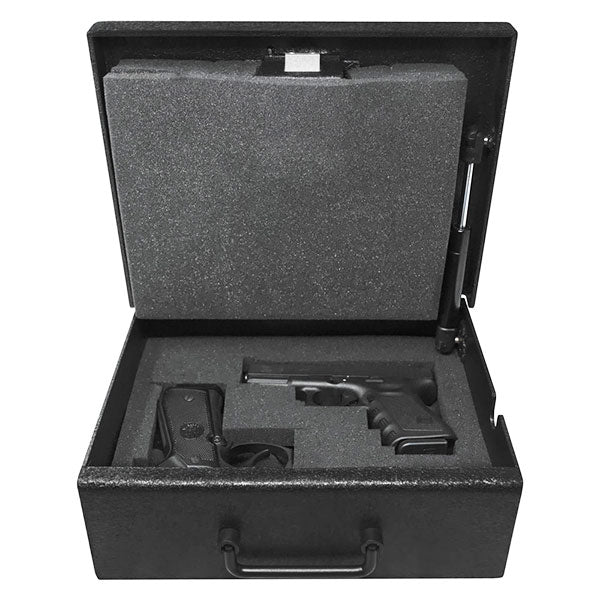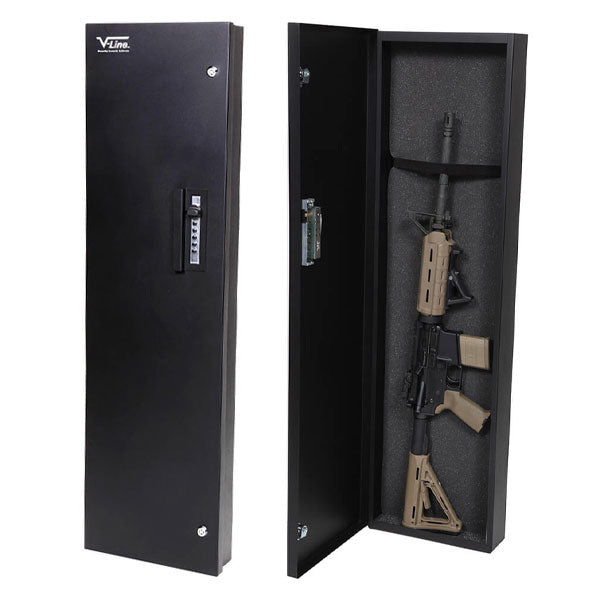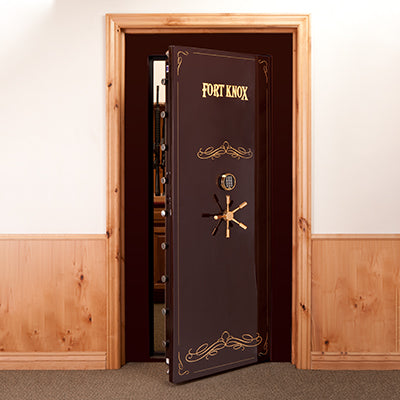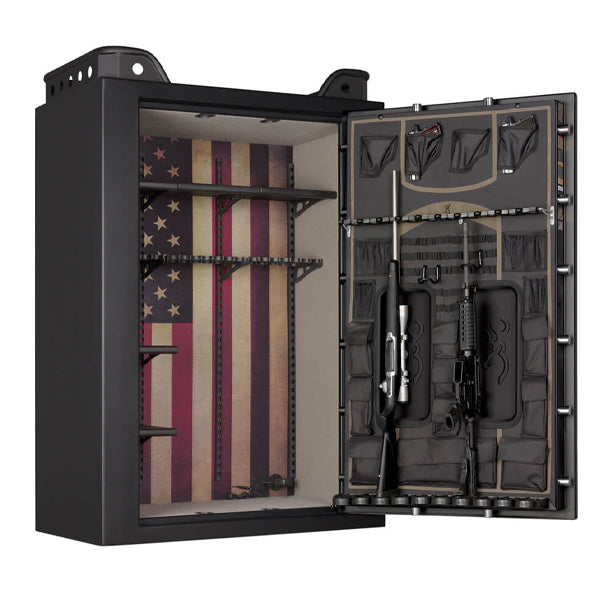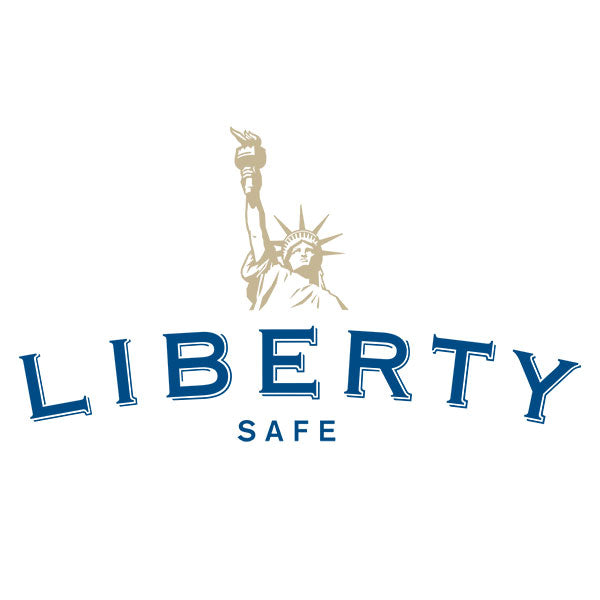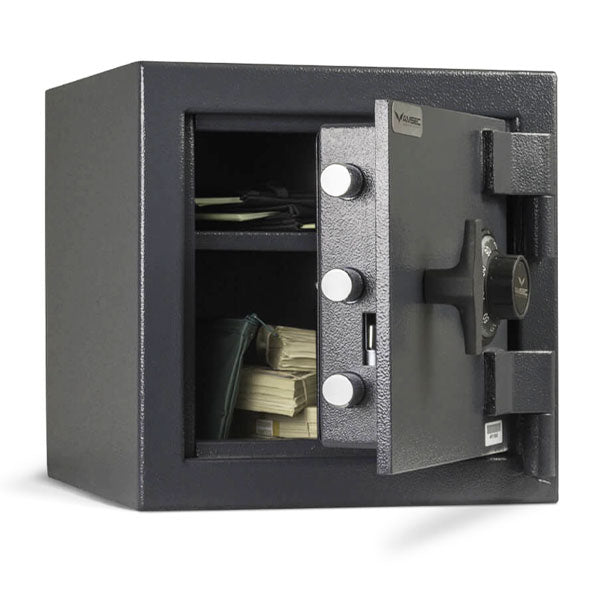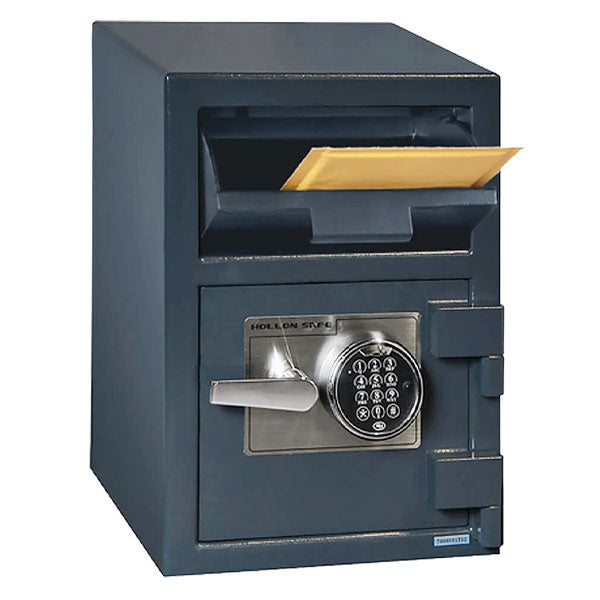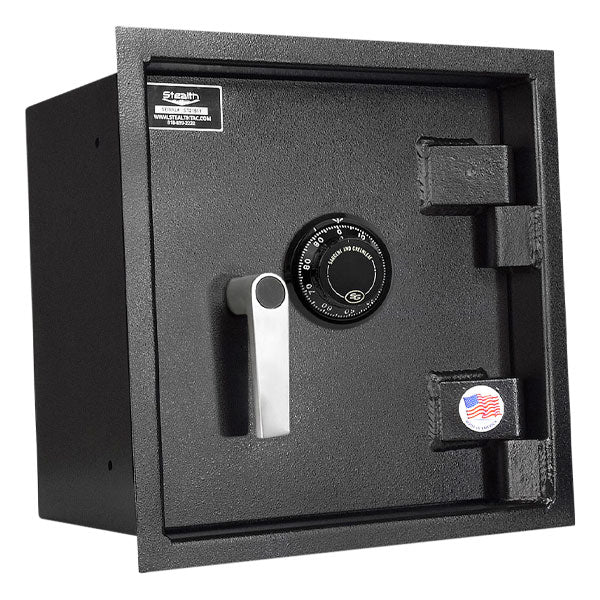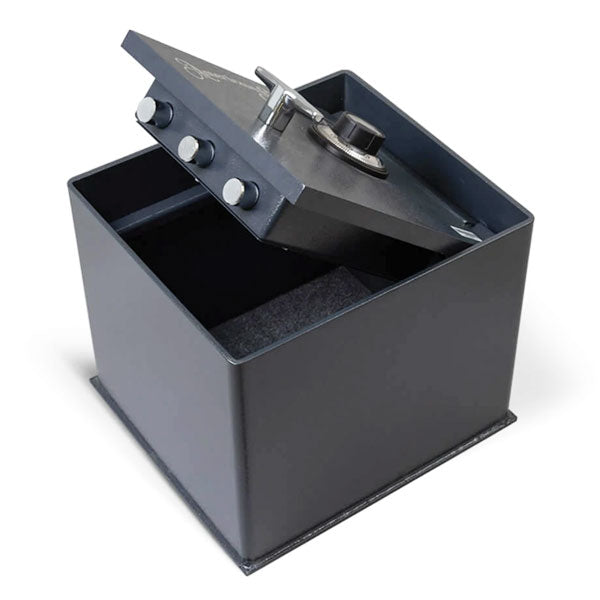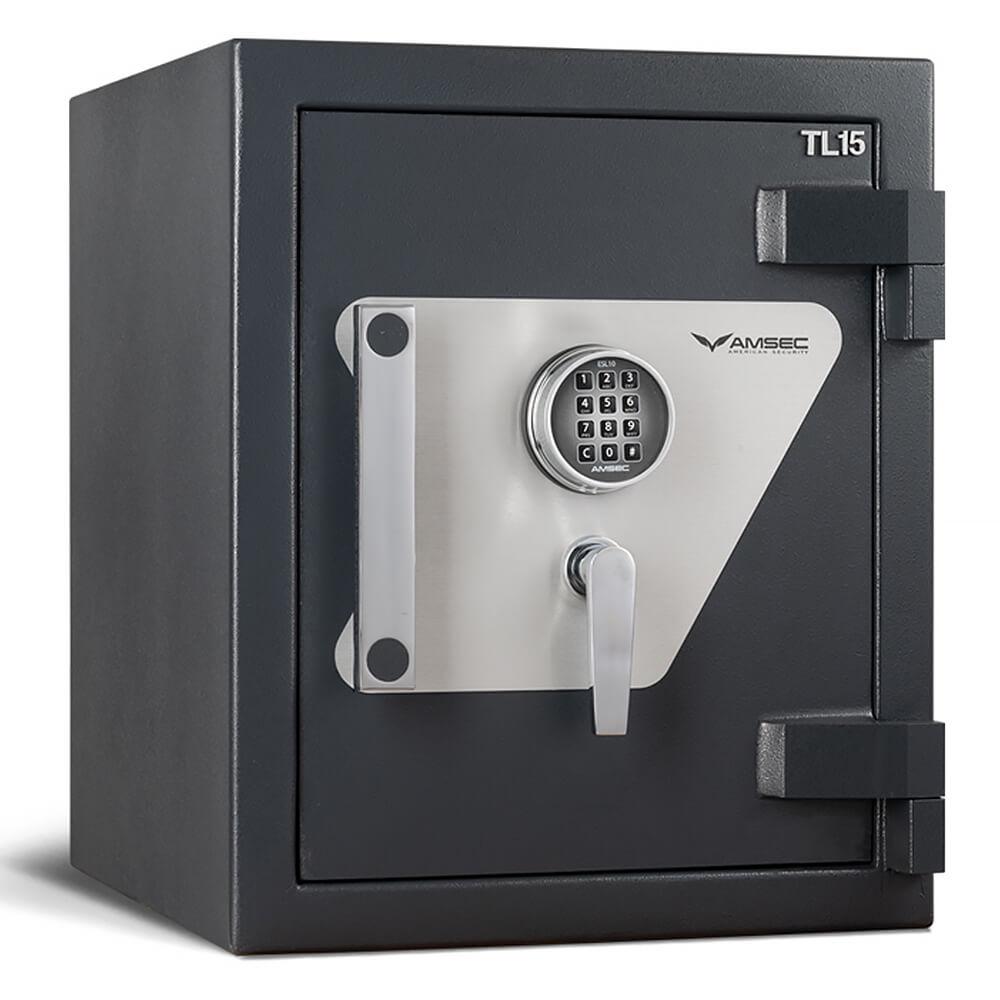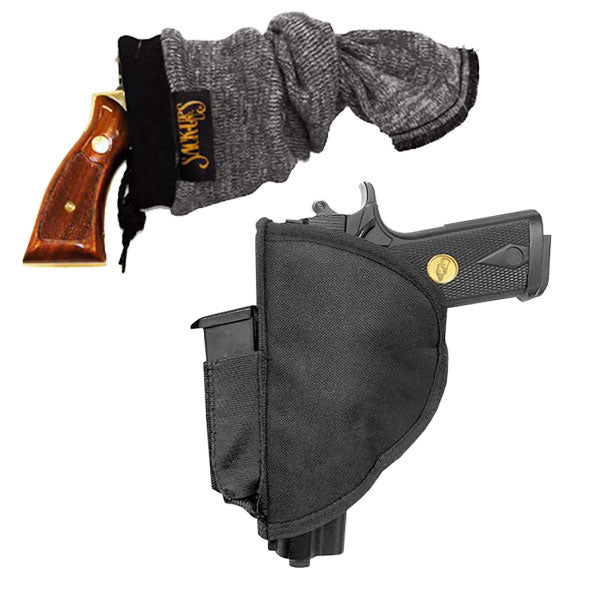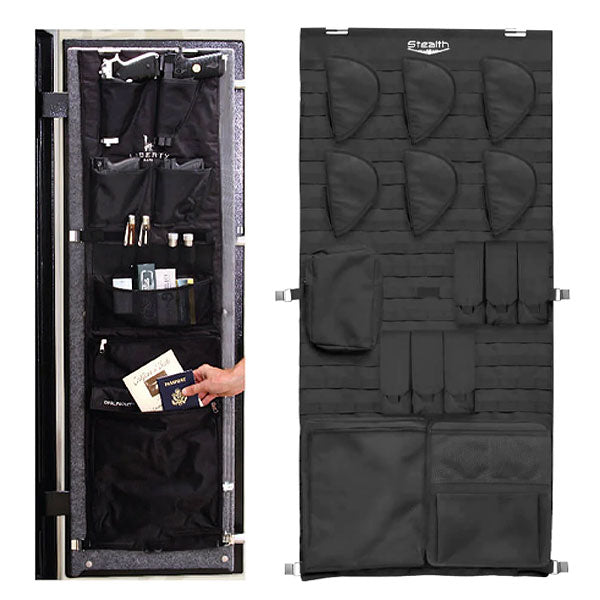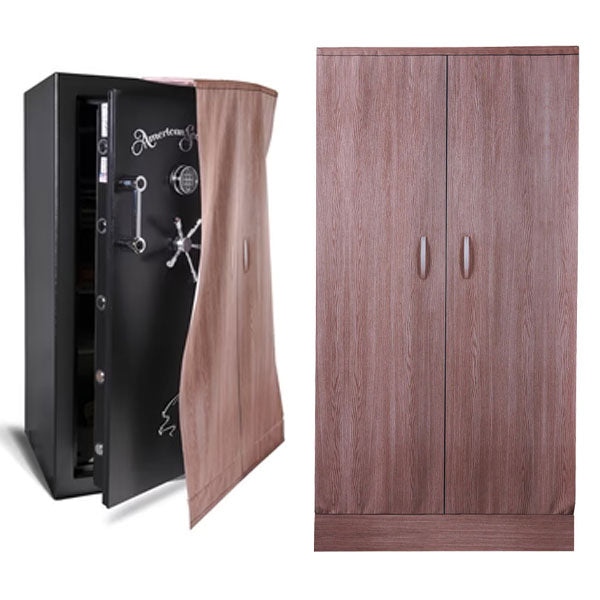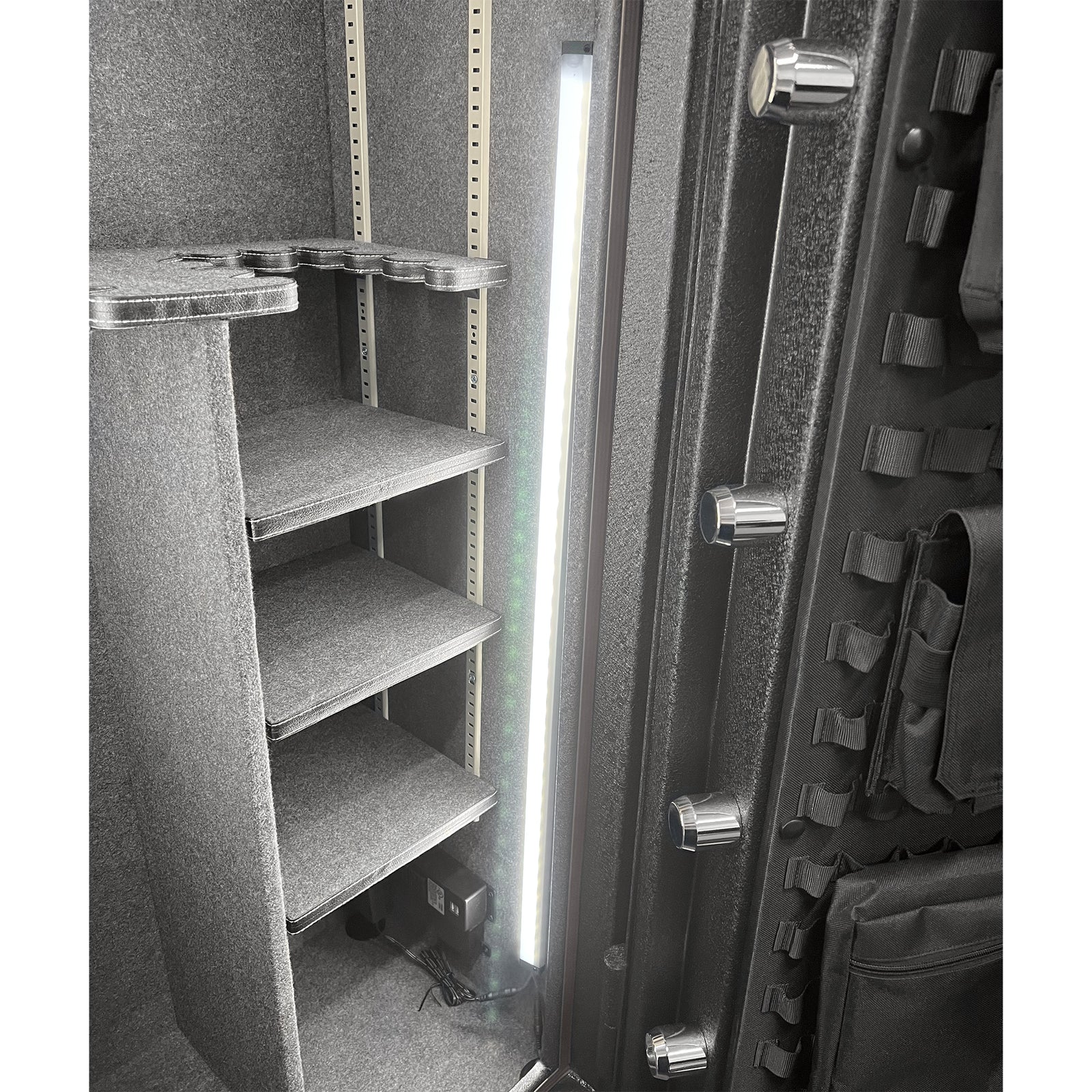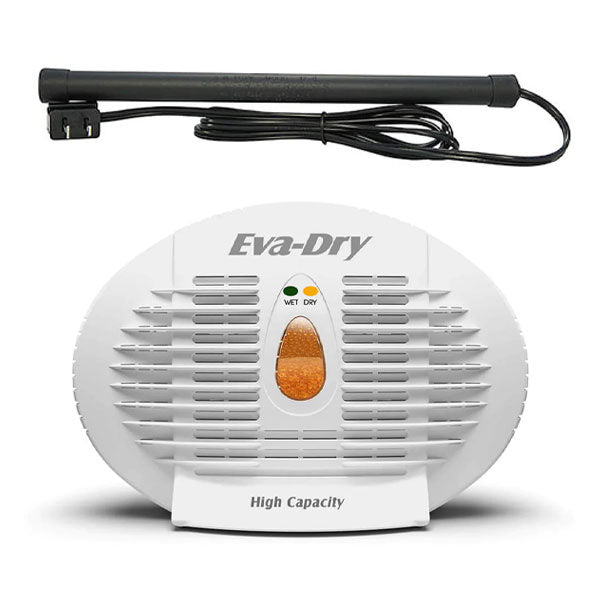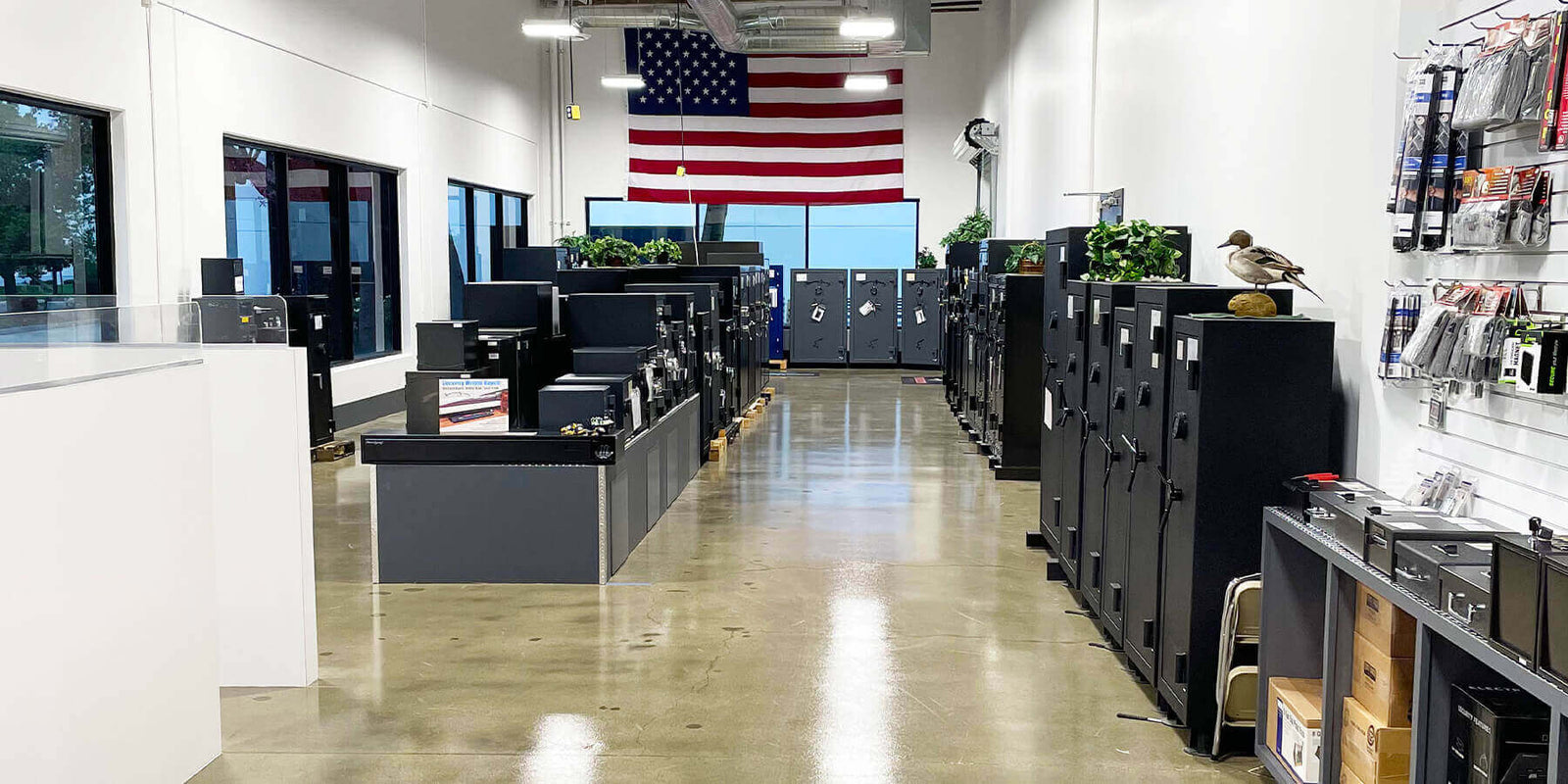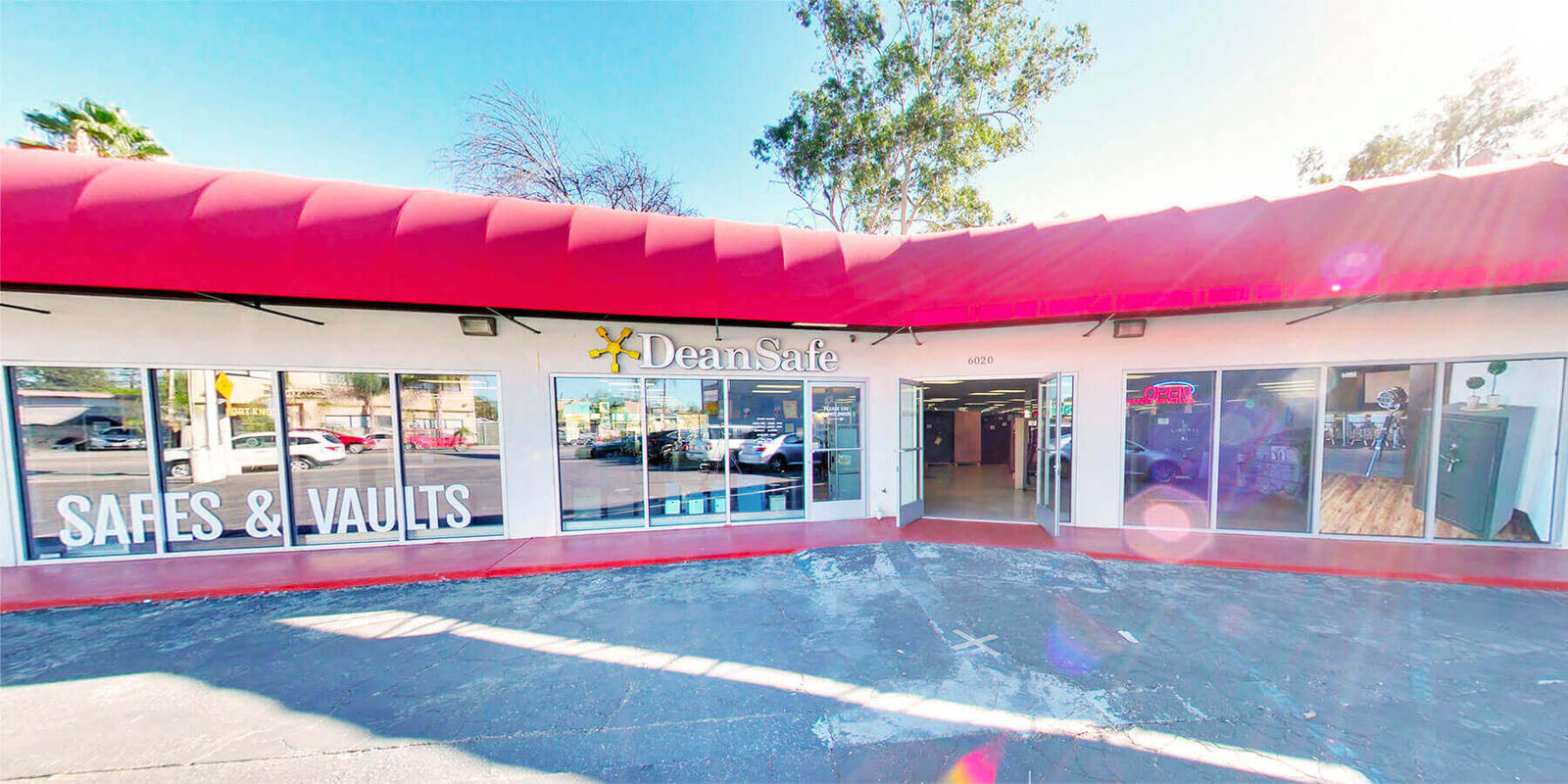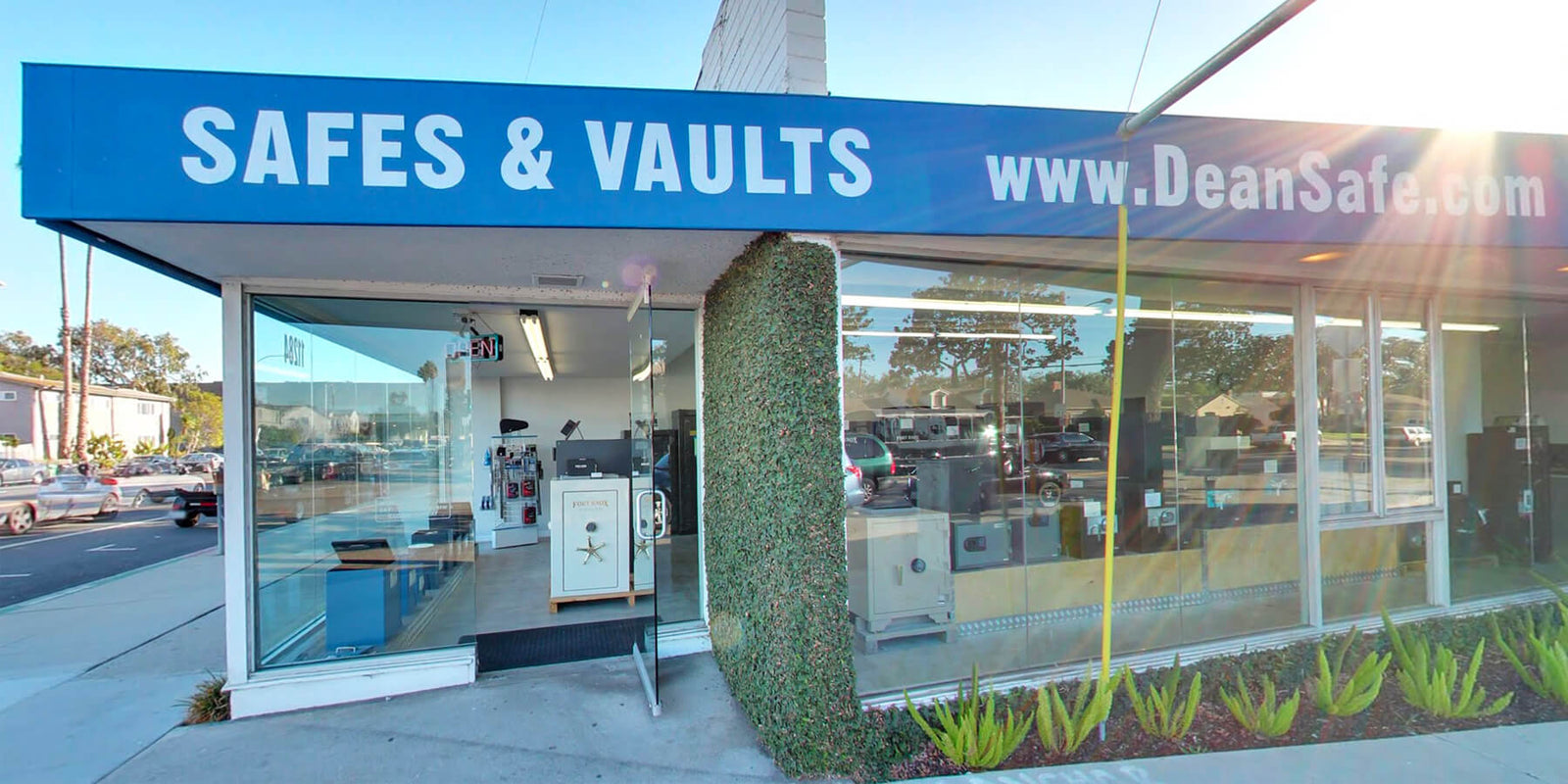Gun Safes FAQ
Watch this detailed video on what to look for when buying a safe:
What makes a burglary safe a burglary safe?
Before delving into the components that make up a burglary safe, it's important to understand that there are 32 different ratings designed to create a base of quality for insurance companies to insure the value of the items stored inside. Each level of rating will bump up the quality and features of the safe's security.
These five components are the key ingredients to what makes up the safe's rating:
Steel Thickness is measured in the reverse of what you would think, so the higher the gauge number the thinner the steel and the lower the number the thicker the steel. When it comes to body thickness, Safes typically range anywhere from 14 gauge to 1". For the door anything from 14 gauge to 1.5" is commonly used. The thicker the steel, the longer it will take to get through, thus more steel equals more security. Thicker steel is also less flexible and more sturdy, making it harder to bend during a pry attack.
Please see the chart below for a size guide to steel thickness:

One of our most commonly asked questions is: Do more bolts equal more security?
While this is a fantastic question there is more to it than just the number of bolts. You can find safes at big box stores with 20 bolts that can still be pried open in less than 2 minutes because of the size of the bolts and the flexibility in the light gauge door.
The main function of the steel bolts is to make the door harder to pry open with a crowbar or similar tools during an attack, however if the safe has a 14 gauge door or less and the bolt length is less than an inch, the number of bolts is irrelevant as the door itself will flex and literally bend open during a pry attack.
For a general rule of thumb, the longer, thicker and greater number of bolts, the harder it is to bend or break. It's also very important to remember that a safe with less bolts can be just as secure as one with more depending on the engineering of the frame and where the bolts are strategically placed.
Here we reach the most common question in the industry: Electronic Lock vs. Mechanical Dial Lock?
While there is no right or wrong answer, we've found that with the ease of use, customizability and better security, electronic locks take the crown over their mechanical dial counterparts.
-
Typically Electronic Locks you'll find on most Safes are classified as UL Grade 1 as it would take roughly 27 years, working 24/7 to manipulate by hand with the 999,999 different combinations available. After 3 or 4 wrong attempts, depending on the lock, a 10 to 15 minute lockout will occur creating a longer time constraint for the would be intruder. There is no question, Electronic Locks are significantly faster to operate than their mechanical counterparts providing quick access for those who know the combination. More key advantages of electronic locks are the user's ability to change the combination at any time without the assistance of a locksmith and having the ability to open it without your eyes, including not needing reading glasses, being in the dark or being blind. Electronic locks do have a battery that needs to be changed periodically. They can last up to 6 years however we recommend swapping it out at least every other year.
-
Mechanical Dial Locks are classified as UL Group 2 and are significantly slower to operate than their Electronic counterparts. Dial Locks are secure however they can be manipulated by a machine or picked by an experienced safe cracker in under an hour. To change the combination on a mechanical dial lock the assistance of a locksmith is necessary. Considering the time length it takes to operate mechanical locks, we've found that many customer use the key locking dial feature to lock the dial while leaving the combination entered. This leaves the safe vulnerable in the un-locked position and makes it much easier for a burglar to pick your safe open.
-
Duet, Dual & Redundant Locks: New to the market are a combination of the two styles of locks. Duet locks will have both the Electronic capabilities and a dial in one lock. For an example, check out the Cannon EMP lock with the dial in the middle of the lock and the electronic numbers located on the top. This guarantees access in the event the electronics malfunction or the batteries die. Another style is known as the Redundant lock where you will find the standard electronic lock and the standard mechanical lock both on the door of the safe with the ability to use either one to open the safe. Please see pictures below for examples of the different styles of locks.
Most hardcore safe guys will tell you a lock is only as good as the hardplate protecting it and I like to equate it to going into a football game without your helmet. You can still tackle people, catch touchdowns and play the game, however one good hit to the head and you could be out for life. Similarly, the hardplate stands between the outside of the safe and the interior lock protecting the locking mechanism on the inside of the safe from being drilled. There are several different types but the most common is just a nice thick piece of heat treated, hardened steel varying in size, once again depending on the safe's rating.
Another type of hardplate is called "ball-bearing" commonly used by Fort Knox and Liberty safe where the hardplate will be made up of little metal balls that causes the drill bit to continually slip creating a high level of frustration for the driller. Other types of hardplates include diamond bit, carbide and various, exotic materials for drill-shattering hardplates.
Most manufacturers will use a special "proprietary" recipe that they don't want you to know the components to as they know their competitors will attempt to steal it. All in all, having a hardplate is as important as wearing your helmet during a football game.

A Relocker is a device designed to relock the safe causing all bolts to lock in place when the original lock is damaged or removed. During a drill attack, the driller will drill into or around the lock to find the release point, also known as the bolt that goes in and out of the lock called the nose.
Some manufacturers will use both an internal and external relocker for these scenarios:
- An internal relocker is located inside the lock itself and when drilled will fire a pin keeping those bolts locked into place.
- An external relocker will be located outside of the lock and is often comprised typically of metal or glass. When the drill shatters the external relocker, a pin is once again fired locking the bolts in place.
Relockers act as your back-up security during an attack prolonging the burglars ability to get your safe open. It's important to remember that there are thousands of safes sold out there without relockers or hardplates. A UL rated burglary safe will always have both a hardplate and a relocker.
How do burglary safes differ?
Regulatory Gun Safe Standards DOJ regulatory standards require a gun safe to meet ALL of the following requirements:
- Shall be able to fully contain firearms and provide for their secure storage.
- Shall have a locking system consisting of at minimum a mechanical or electronic combination lock. The mechanical or electronic combination lock utilized by the safe shall have at least 10,000 possible combinations consisting of a minimum three numbers, letters, or symbols. The lock shall be protected by a case-hardened (Rc 60+) drill-resistant steel plate, or drill-resistant material of equivalent strength.
- Boltwork shall consist of a minimum of three steel locking bolts of at least 1/2 inch thickness that intrude from the door of the safe into the body of the safe or from the body of the safe into the door of the safe, which are operated by a separate handle and secured by the lock.
- Shall be capable of repeated use. The exterior walls shall be constructed of a minimum 12-gauge thick steel for a single-walled safe, or the sum of the steel walls shall add up to at least .100 inches for safes with two walls. Doors shall be constructed of a minimum of two layers of 12-gauge steel, or one layer of 7-gauge steel compound construction.
- Door hinges shall be protected to prevent the removal of the door. Protective features include, but are not limited to: hinges not exposed to the outside, interlocking door designs, dead bars, jeweler's lugs and active or inactive locking bolts.
or ALL of the following requirements:
- Is listed as an Underwriters Laboratories Residential Security Container;
- Is able to fully contain firearms;
- Provides for the secure storage of firearms.
Burglary Classification Residential Security Container (RSC) signifies a combination or keylocked unit designed to offer protection against entry by common mechanical tools. Performance tests are conducted against the entire unit. The basic standard used to investigate in this category is UL 1037, "Antitheft Alarms and Devices.
- An Anti-theft device, as defined by Paragraph 1.3, shall resist at least 5 minutes of attack that would defeat its purpose.
- Any disassembly of the protected property required to make it removable, is to be included in the 5 minutes of attack test.
- The tools used in the test are to include hammers, chisels, adjustable wrenches, pry bars, punches and screwdrivers. The hammers are not to exceed 3 pounds in head weight, and no tool is to exceed 18 inches in length.
- The product under test is to be mounted securely in its intended position, and the attack is to be carried out by one operator.
Burglary Classification TL-15:
Signifies a combination-locked safe designed to offer a limited degree of protection against attack by common mechanical and electrical hand tools and any combination of these means. Has successfully resisted entry* for a net working time of 15 minutes when attacked with common hand tools, picking tools, mechanical or portable electric tools, grinding points, carbide drills and pressure applying devices or mechanisms.
Burglary Classification TL-30:
Signifies a combination-locked safe designed to offer a moderate degree of protection against attack by common mechanical and electrical tools and any combination of these means. Has successfully resisted entry* for a net working time of 30 minutes when attacked with common hand tools, picking tools, mechanical or portable electric tools, grinding points, carbide drills, pressure applying devices or mechanisms, abrasive cutting wheels and power saws.
Burglary Classification TRTL-30
Signifies combination locked safe designed to offer a moderate degree of protection against attack by common mechanical and electrical tools and cutting torches and any combination of these means. Has successfully resisted entry* for a net working time of 30 minutes when attacked with common hand tools, picking tools, mechanical or portable electric tools, grinding points, carbide drills, pressure applying devices or mechanisms, abrasive cutting wheels, power saws, impact tools and oxy-fuel gas cutting or welding torch (test gas limited to 1000 cubic feet combined total oxygen and fuel gas).
Burglary Classification TRTL-60
Signifies a combination-locked safe designed to offer a high degree of protection against attack by common mechanical and electrical tools and cutting torches and any combination of these means. Has successfully resisted entry* for a net working time of 60 minutes when attacked with common hand tools, picking tools, mechanical or portable electric tools, grinding points, carbide drills, pressure applying devices or mechanisms, abrasive cutting wheels, power saws, impact tools and oxy-fuel gas cutting or welding torch test gas limited to 1000 cubic feet combined total oxygen and fuel gas.
Burglary Classification TXTL-60
Signifies a combination locked safe designed to offer a high degree of protection against attack by common mechanical and electrical tools, cutting torches, high explosives and any combination of these means. Has successfully resisted entry* for a net working time of 60 minutes when attacked with common hand tools, picking tools, mechanical or portable electric tools, grinding points, carbide drills, pressure applying devices or mechanisms, abrasive cutting wheels, power saws, impact tools, oxy-fuel gas cutting or welding torch, nitroglycerin or other high explosives equivalent to not more than 4 ounces of nitroglycerin in one charge (entire test must not use more explosive than that equivalent to 8 ounces of nitroglycerin).
* Entry means for:
Safes classed TL-15 and TL-30 - Opening the door or making a 6 square inch opening entirely through the door or front face.
Safes classed TRTL-30 , TRTL-60, and TXTL-60 - Opening the door or making a 2 inch square opening entirely through the door or body.
Other Gun Safe Questions
A fire safe becomes a fire safe as soon as it passes a test designed to rate the safe's ability to last through a fire and keep an internal temperature (inside the safe) of the stated rating with the industry standard being less than 350°. Manufacturers will use a variety of materials to create the insulation needed to maintain that temperature. A common misconception is that the safe will be totally burnt to the ground at the end of the rating, however when you see a 30 minute rating that means the interior of the safe stayed less than 350° up until 30 minutes.
Every rating agency such as UL, ETL and other independent laboratories all conduct the tests slightly differently. Some agencies will start the clock with the temperature beginning to go up to 1200° to 1800° and others will begin the clock only after the temperature reaches that 1200° to 1800°. For an absolute true rating you can always trust UL as they are the closest mimic to an actual house fire. Due to the construction of Gun Safes, they are unable to pass the drop test included in the UL test.
ETL, Intertek, is a third party testing agency considered the industry standard for Gun Safes as they have more than 100 years of consumer and industrial testing verifications for products with labs in over 14 countries. They are a completely independent organization and do not work for the manufacturers who submit their products for testing. This provides factual scientific results based on pure performance data.
UL, Underwriters Laboratories, is a third party American worldwide safety consulting and certification company established in 46 countries and conducts safety analysis for many of the last century's technologies.
In a nutshell, UL does everything ETL does and then adds a 28 foot drop test at the end that requires the safe to stay fully intact after it crashes into the cement and then they place it back in the furnace for the same amount of time. Gun Safes are unable to pass this test due to their construction which is why you won't find UL fire tested Gun Safes. UL is the ideal test for home and office safes located in businesses, apartments and condos. It ensures valuable paperwork, cash and valuables are intact if the safe falls up to 28 feet during a fire.
Paper chars at 350° and burns at 450°. A verified fire rating will keep the temperature below 350° ensuring your papers and cash are safe.
There is no such thing as "Fire Proof" and several companies have been fined for making these claims. All safes are fire resistant as there is no safe out there that can protect your valuables indefinitely against fire. Each fire resistant safe is tested against a fire and given an hourly rating.
Temperatures above 125° will ruin electronic data items including flash drives, CDs, external hard drives, tapes and other tech. Most fire safes are rated to keep an internal temperature below 350° which is not sufficient for these types of items.
This question brings us back to the common misconception that the safe literally burns by the end of the rating. A longer fire rating doesn't mean your safe will melt later, it means that the interior of the safe is going to stay cooler for longer. While the standard house fire is 20 minutes, that means there are fires that last both much longer and much shorter to create the average. There are also highs and lows for temperatures that make up the average of 1100°. If you are in a high probability fire area such as Southern California, you may be exposed to temperatures well beyond 1100° where a 2 hour fire rating at 1800° will make more sense for you. By investing in a longer fire rating, you are increasing the odds that your items will stay cool and in perfect condition for a longer period of time.
Manufacturers will use a variety of different materials to create the fire insulation, some of the most commonly used are:
- Concrete/DryLight
- Sheetrock/Drywall
- Wet Fill
- Fire Clay
The placement of the hinge makes absolutely no difference to the security of the safe and are for a matter of convenience in opening the safe. Internal can only open 90° and External can open up to 180°. They also can add an aesthetic feature.
Absolutely not. Fire safes with bolts can be opened in less than 2 minutes with simple tools and have zero burglary rating or testing involved. The purpose of the bolts is to make the customer feel like the safe is secure and keep coworkers, spouses and kids out of the safe. A burglar with the most basic tools will be able to access a fire safe without a burglary rating without any problem at all.
Gun capacities are calculated by the manufacturers using a small standard size rifle with no optics or modifications. In current times, nearly everyone uses optics and modifications to their firearms making the gun capacity quantity far less than it can actually hold. We recommend buying much larger than you have as you do not want the firearms banging into each other either potentially causing scratches and damage to the optics. For ideas on increasing your guns storage capacity, please check out our gun safe accessories page and most notably the gun storage solutions category.
Textured Finish:
Use a non-ammonia based glass cleaner. Foam non-ammonia based glass cleaners can be purchased at stores like Costco, Target, & Walmart. For fingerprints that just won't come off, use a tiny bit of mineral spirits dabbed on a soft cloth and gently rub the prints. No guarantee, but it will remove most of the oil from a fingerprint.
High-Gloss Finish:
Use a non-ammonia based glass cleaner. Using ammonia based glass cleaners like Windex will slowly breakdown the clear coat finish of high-gloss paint. For extra shine, use car polish on your high-gloss safe. Application is the same as on a car.

